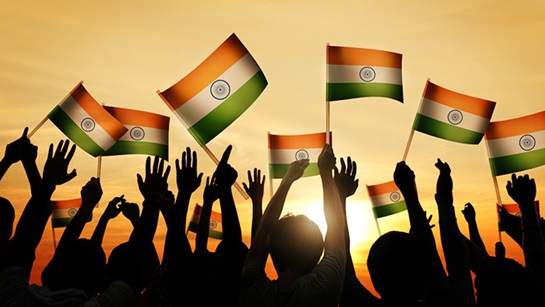 24-10-2019
24-10-2019
Govt faces challenge of huge population with high proportion of unemployables

 Insurance Alertss
Insurance AlertssGovt faces challenge of huge population with high proportion of unemployables

India is racing ahead to become the world's most populous country, overtaking China by perhaps as early as 2022, with one of the most ill-equipped, inadequately skilled youth in the world.
According to a commentary in the New India Express, India has the world’s largest number of illiterates. As per the most generous estimates, 26% of the population can’t read nor write their names in any language. That is 350m people, almost the population of the US. About 15m youth enter the job market every year. Just 4.69% have some formal skills. The rest are unemployable. In comparison, the skilled worker ratio among job seekers in Germany is 75%, Japan (80%) and China (24%).
A leading industrialist has said that less than 10% of Indian engineering graduates are employable and another 10% are trainable. The remaining 80% hardly have any skills. By 2025, 48% of India are forecast to be below 25 years of age. That is about 700m young people in an estimated population of 1.43bn, six years from now. The question is how this huge population could become enthusiastic customers without enough money to spare.
China reaped its demographic dividend because it concentrated on manufacturing. It became the factory of the world, invested huge amounts in infrastructure development, triggering and sustaining a positive cycle.
Challenges
Meanwhile, India is also ageing. It is estimated that India will have about 340m people above 60 years by 2040 and with the increase in average life span, the economic strain of this is going to be tremendous.
At the same time, the states, which have the most explosive population growth, are the ones with the worst sex ratios. These states also have the most number of illiterates and unskilled workers. The service industry that was the engine of Indian growth for the last two decades has scant presence in these states, which are basically dependent on agriculture.
India will thus face an explosive combination: a youthful population most of whom will have no skills and be unemployable; not enough women, thanks to the skewed sex ratio; a large group of elderly; and a society yet to emerge from the feudal social structure.
The commentary says that the government should shift its focus immediately to social parameters—literacy, health, family planning, skill development etc. India, currently with a population of about 1.37bn, is forecast to have 1.65bn people by 2060.
In his Independence Day speech last August, Prime Minister Narendra Modi mentioned the demographic challenge for the first time. He said that parents in India now need to give a serious thought to whether they will be able to fulfill their child's dreams and aspirations. He said that the population explosion causes new challenges for the coming generations, and asserted that the central and state governments should launch measures to deal with the issue.
Source: Asia Insurance Review